11 Exercises To Induce Labor Naturally & Precautions To Take
Pelvic movements that help improve your strength and endurance for a natural delivery.

Image: Shutterstock
Pregnant and close to your due date but scared of the pain of labor? Try these exercises to stimulate labor and allow the baby to be delivered with greater ease. Kim Vopni (Pelvic Health Coach and Founder and CEO of Pelvienne Wellness Inc.) says, “Exercising in pregnancy is essential, and my philosophy is to exercise in ways that mimic the demands of labor. I encourage people to build strength and endurance in positions that mimic labor and birth positions.” This article lists 11 exercises that are safe for a natural induction. You will also learn when to exercise to induce labor and what safety precautions to take. Read on!
 Workout Blueprint: Exercises To Induce Labor
Workout Blueprint: Exercises To Induce Labor- Frequency: As recommended by a doctor
- Benefits: Prepare the body for labor, strengthen muscles, and may encourage optimal fetal positioning
- Equipment Needed: Exercise mat, gym/birthing ball, exercise block or stool, and TRX bands
- Space Required: Large area to sit comfortably
- Assistance Required: Yes, for TRX bands
- Who Should Avoid: Pregnant individuals with complications, hypertension, low or high amniotic fluid, preeclampsia, history of premature labor, and placenta-related complications
In This Article
Is It Okay To Stimulate Labor Through Exercising?
Exercising and physical activity are good for your health, pregnant or not. But you have to be extra careful if you are pregnant. It is NOT okay to induce labor through exercising if you:
- Have pregnancy complications
- Have low or high amniotic fluid
- Have hypertension or high blood pressure
- Are on bed rest as per the doctor’s instructions
- Have preeclampsia (signs of organ damage)
- Have a history of premature labor
- Have an incompetent cervix or cervix that opens too early
- Have placenta-related complications
Note:
Talk to your doctor before you start exercising to induce labor. Do the following exercises only if you are cleared by your doctor. Take a look.
Key Takeaways
- There are some situations where pregnant women should not exercise to induce labor.
- Signs of organ damage and pregnancy complications are some signs that tell you not to induce labor.
- Some exercises, like pelvic circles and tilts on a ball, can help induce labor naturally.
- However, you should not overdo these exercises and stop when you feel pain or discomfort.
11 Exercises To Induce Labor Naturally
Prepare your body for labor with the following exercises that build strength, flexibility, and overall well-being:
1. Walking And Curb Walking
Walking is a low-impact exercise that is easy on your joints and the lower body as well as exercise that stimulates the release of oxytocin from the nucleus Tractus Solitarius that may promote nipple stimulation. “I am a big fan of walking and curb walking as an exercise to induce labor,” says Kim Vopni.
If you are not sure what curb walking is, here’s a short video:
Take your partner’s or friend’s help and practice walking and curb walking to help move the baby’s head towards the cervix.
2. Pelvic Circles On A Ball
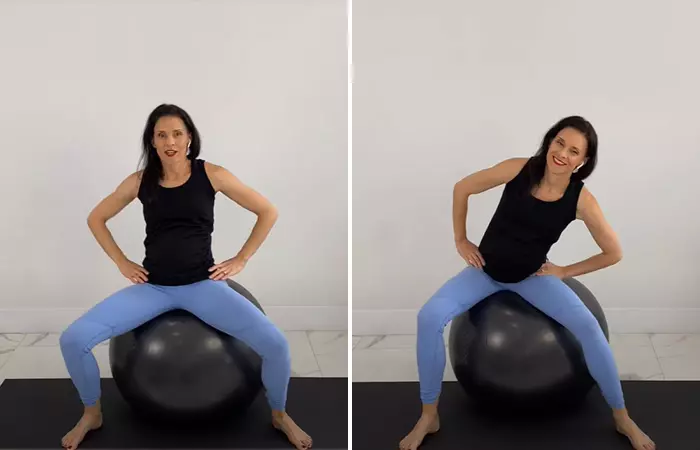
This exercise acts as a relaxation technique that can help reduce back pain and strengthen your core. It helps the mommy-to-be relax. Additionally, this motion might irritate your cervix, which could result in contractions.
Steps
- Sit on a gym/birthing ball with your feet wide apart on the floor, and hands on the waist. Roll the shoulders back and look forward and make sure you are in a comfortable squatting position and not excessively stretching your inner thighs.
- Move your waist like you would while doing waist circles. Start with small circles. Keep your feet grounded on the floor.
- You can take help from a doula or a midwife, especially in case of home birth.
- Do 10 reps and repeat on the other side.
3. Pelvic Tilts On A Ball

Pelvic tilts strengthen your lower back, pelvic floor, and abdominal muscles, improve hip mobility, and reduce pain during labor.
Steps
- Sit on an exercise ball with your legs wide apart, feet on the floor, hands on your waist, and look forward.
- Push your hips back, creating a small arch at the lower back.
- Push your pelvis forward.
- Do this 15-20 times.
4. Cat And Cow
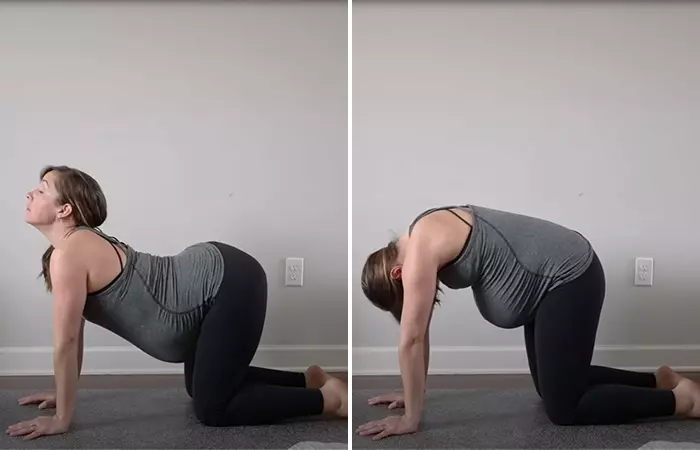
The cat and cow pose helps bring the baby in an optimal pose for birth. It also stretches and strengthens the spine and eases tension.
Steps
- Come to your hands and knees on a mat with the elbows directly under the shoulders and knees under the hips. Keep your spine and neck in the same line and back flat.
- Inhale, arch your spine, and look up.
- Exhale, pull the belly in, and look down. Keep your shoulders down.
- Do this 10-15 times.
 Quick Tip
Quick Tip5. Supported Deep Squat Or Malasana
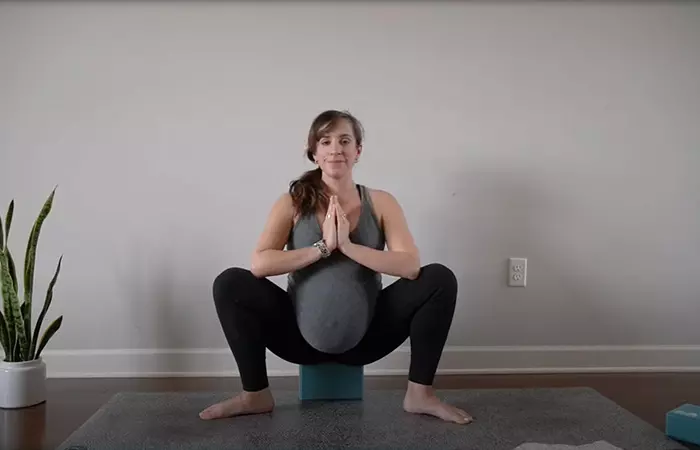
Malasana (or deep squat from yoga) is the traditional birthing pose. It helps open up the pelvic joints and strengthen the pelvic floor muscles. It is the best pose for labor but requires very high levels of flexibility in the hips and spine.
Steps
- Place an exercise block or a small stool on a mat.
- Stand with your feet wider than hip width apart, toes turned out slightly.
- Bend down from the waist and touch the floor.
- Lower your pelvis and place it on the exercise block or the stool.
- Lift your chest so you are in a deep squat.
- Join your hands, keep your elbows against the knees, and gently push the knees out.
- Inhale and exhale while you do so. You will feel the stretch in your inner thighsand the pelvic area.
- Hold this pose and relax for 20 seconds, avoiding sinking down into your knees.
- Do this three times before leaning forward, placing your hands and knees on the floor, and getting on all fours.
6. Forward Leaning
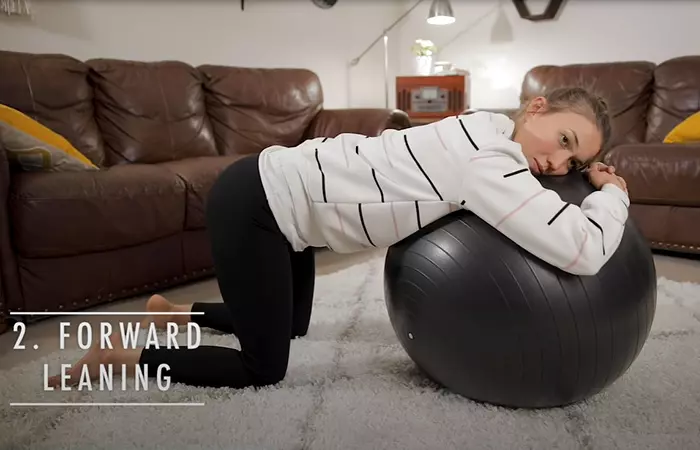
The forward-leaning pose is more of a preparatory exercise for you and your baby. It helps provide more room for the baby to move around and get to the optimal position for birth and onset of labor. You may either use a chair or an exercise ball.
Steps
- Kneel on a mat.
- Place an exercise ball in front of you.
- Place your arms on the ball, as shown in the image.
- Rock sideways in small motions.
- Keep breathing.
- Do this for about 30 seconds.
7. Lower Back Release

The lower back release exercise helps stretch the spine, especially the lower back, and relieves pain. This position relaxes the belly and helps get the baby into an optimal birth position.
Steps
- Place a chair in front of you.
- Hold the backrest of the chair and take 2-3 steps back.
- Keep your feet wider than shoulder-width apart, and turn your toes out.
- Bend down from the waist and get into a position where your spine is parallel to the floor. Pull your shoulders down and lengthen your back.
- Keep breathing and hold this pose for 20 seconds.
- Do this as many times as you are comfortable.
8. Sumo Squat
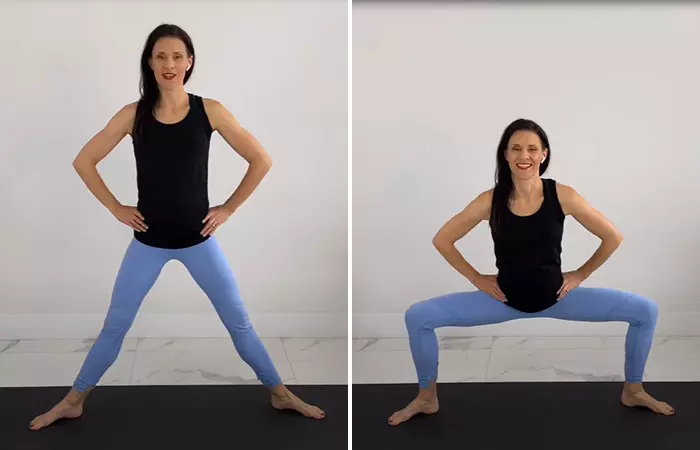
The sumo squat helps open up the pelvic area, the hips, and the lower back.
Steps
- Stand with your feet wider than hip width part and toes turned out to 45 degrees,
- Place your hands on your waist. Push your shoulders back and keep your spine long.
- Bend your knees, and lower your body until your thighs are parallel to the floor. Make sure your knees don’t roll and align over the center of your feet.
- Keep breathing and hold this pose for about 20-30 seconds.
- Straighten your legs and squeeze your glutes to stand up.
- Repeat as many times as you are comfortable.
9. TRX Squat
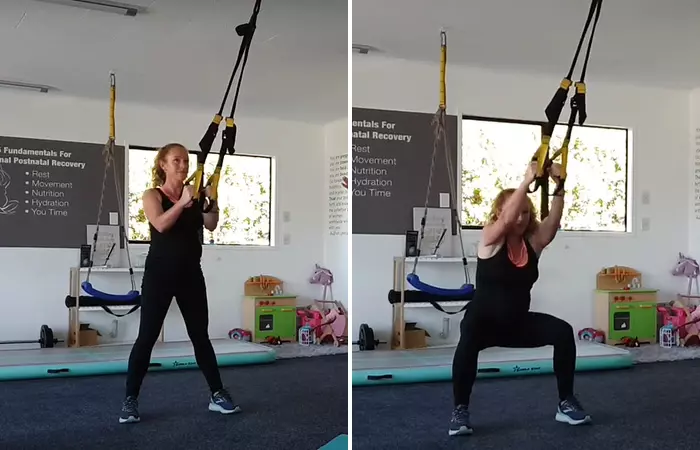
TRX bands are easily available in gyms. You can also use a resistance band for this exercise. Do this exercise under the supervision of an instructor. This squat helps open the pelvis, relax the upper body, and reduce lower back pain.
Steps
- Secure a TRX or exerciseband at a higher position.
- Hold the ends and take a few steps back so that the band is taut.
- Stand with your feet slightly wider than hip-width apart, with the toes pointing out. This is the starting position.
- Push your hips back, bend your knees, and lower your body until the thighs are parallel to the floor. Ensure your knees don’t come forward of your toes and your back doesn’t round or arch.
- Hold the bottom of the squat for about 10 seconds.
- Straighten your legs and squeeze your glutes to come back up to the starting position.
- Do this 10-15 times.
10. Child’s Pose
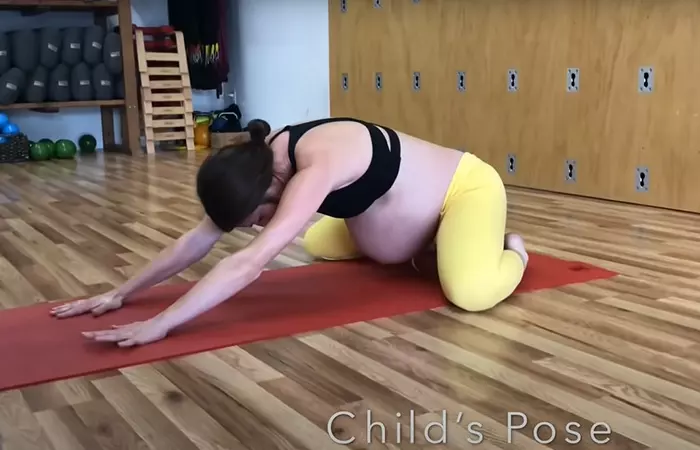
This is a great way to end your exercise routine. The child’s pose helps relax and open up the pelvis while stretching the lower back nicely. There are many benefits of stretching for an easy delivery.
Steps
- Kneel on a mat with your knees pointing to the corners and toes pointing towards each other.
- Bring your right hand in front of you and place it on the mat.
- Place the left hand on the mat. Extend both arms.
- Slowly, bend down from the waist.
- Reach your hips back and arms forward, pulling your shoulders down and lengthening your spine.
- You may move your knees apart to give your belly space.
- Look down and keep breathing.
- Do this as many times as you feel comfortable.
11. Butterfly Pose

This pose helps strengthen the pelvic floor muscles and improves circulation. It can help prepare the body for childbirth and contribute to a smoother delivery.
Steps
- Sit on a folded blanket for added comfort and better posture.
- You may keep cushions under your knees or thighs if needed.
- You also can sit against a wall to support your spine.
- Gently bend your knees sideward and bring the soles of your feet together.
- Interlock your fingers around the outer edges of your feet or place your hands on your ankles or shins.
- Keep your back straight, broaden your chest, and let your shoulders relax down and back.
- Hold this posture for 30 seconds to 2 minutes.
- Stretch your legs forward to exit the pose. You can then lean back on your hands.
These are the 11 exercises you can do to help the baby get into the optimal position for birth. However, here are some precautions to keep in mind before you start.
You may also try other exercises for easy labor. Maggie Martinez, a blogger, shared her personal experience with weight-lifting during her pregnancy. She began weight-lifting at the age of 18 and continued it during her pregnancy at the age of 21. During pregnancy she modified her practice and stopped when needed. In her blog, she writes, “I’ll spare you the details of my birth story but believe me when I say that I pushed that baby out in a matter of a couple of minutes. Thank you, exercise! (i).”
Precautions To Take
- Always do the exercises or yoga on a mat.
- If you experience pain while doing any of these exercises, stop immediately.
- Never exercise without your doctor’s permission.
- Ask a friend or your partner to help.
- Do these exercises with an instructor to get the best results.
- Use good-quality exercise balls and blocks.
- Do not overdo these exercises.
- Keep yourself hydrated.
- Inform your doctor about your exercise routine and any changes in your health or pregnancy on a regular basis.
Infographic: 6 Signs That Indicate The Start Of Labor
Everybody is different, and so is every case of childbirth, especially natural birth. Hence, there is no technique to predict the precise timing of labor. Your body’s ready when it’s ready. However, being aware of the different stages of labor and the signs to look out for can help you be prepared and give you clues that it’s time to meet your baby real soon.
Check out this infographic to learn about some of the telling signs of labor and its stages.
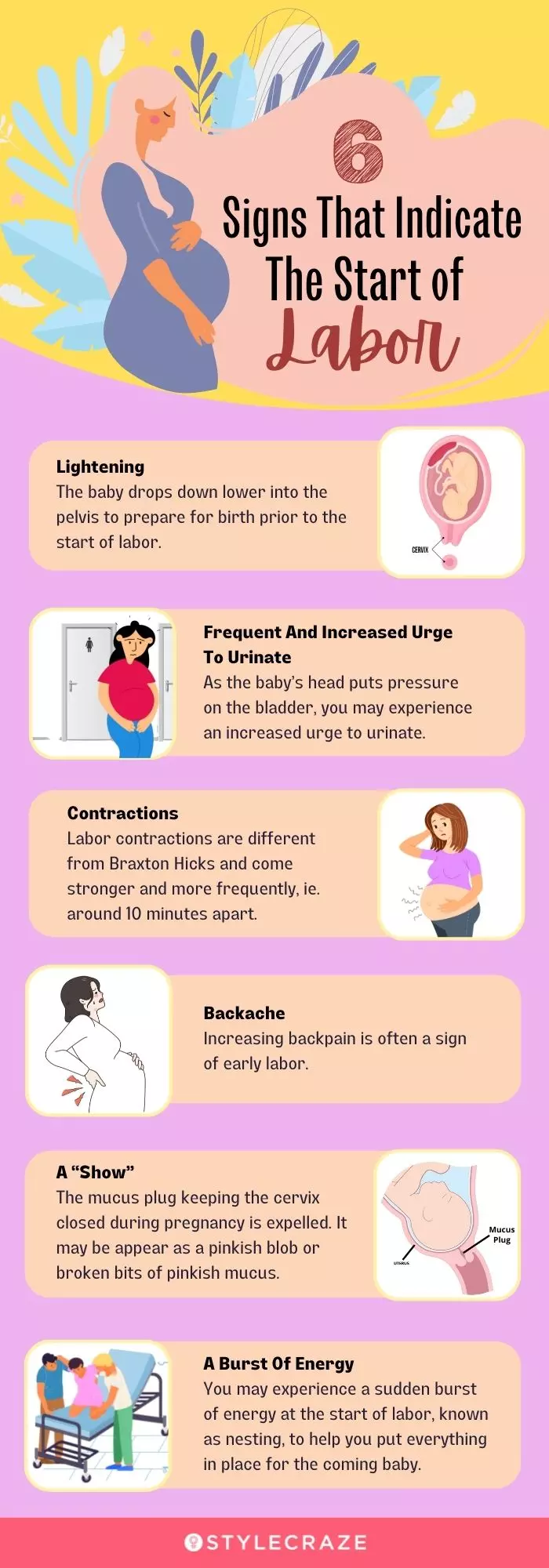
Illustration: StyleCraze Design Team
 Quick Tip
Quick TipExercises to induce labor are effective and easy to do. However, they are not suitable for all pregnant women, especially those with pregnancy complications, hypertension, incompetent cervix, or a history of premature labor. So, it is highly necessary to consult your doctor before doing these exercises and stretches to induce labor. In healthy pregnant women with no risk factors, these exercises help strengthen the core, lower body, lower back, abdominal muscles, spine, and pelvic floor muscles. Always do these exercises on an exercise mat. You may want to take the advice of a professional initially to get your form right.
Frequently Asked Questions
How can exercising during pregnancy benefit my mental health?
Regular physical activity may help reduce anxiety and depression, improve your mood, and boost your overall mental well-being during pregnancy.
When should I start doing exercises to induce labor?
It is usually safe to start these exercises in the third trimester, but always talk to your healthcare provider for personalized advice.
Can jumping induce labor?
Yes, jumping may help induce labor. However, while jumping jacks are a low-intensity exercise and make for an excellent way to get your body moving and prepare for delivery, you must always be careful not to overdo anything and take all required safety precautions.
How long should I do squats to induce labor?
Once the baby is heads-down, you may do squats for up to 5 minutes daily to facilitate a standard delivery. However, be mindful to stop if you feel any discomfort at any time.
Can sitting on the toilet induce labor?
Yes, squatting on a toilet can help strengthen your pelvic muscles, preparing your body for standard vaginal delivery.
Does climbing stairs induce labor?
Yes, light movement and activity are essential to induce labor naturally. So a light walk every day or climbing a few steps up and down can help make childbirth less painful. However, make sure to listen to your body and not overdo anything.
How does acupressure help in labor?
In addition to helping to naturally induce labor and lessen stress and anxiety during labor, acupressure and even simple massage may also assist to treat lower back pain, labor pain, nausea, and headaches.
Illustration: Exercises To Induce Labor Naturally & Precautions To Take
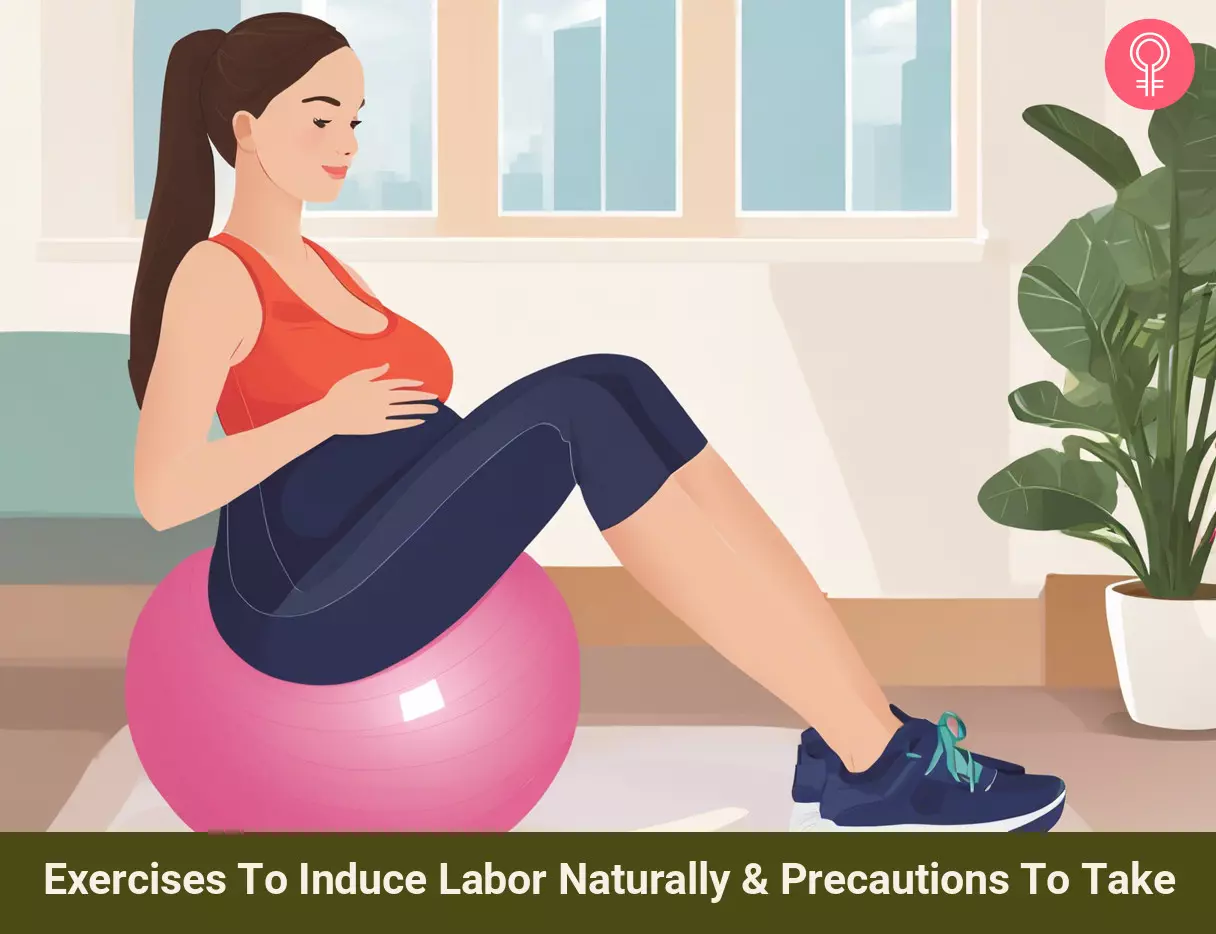
Image: Stable Diffusion/StyleCraze Design Team
Learn how to use your body to help you through the birthing process. Check out this video for exercises and positions to help make labor easy and more comfortable.
Personal Experience: Source
StyleCraze's articles are interwoven with authentic personal narratives that provide depth and resonance to our content. Below are the sources of the personal accounts referenced in this article.
i. How weight-lifting helped my pregnancy,https://medium.com/in-fitness-and-in-health/how-weight-lifting-helped-my-pregnancy-8f66f824d2d3
Read full bio of Gabbi Berkow
Read full bio of Ravi Teja Tadimalla
Read full bio of Payal Karnik









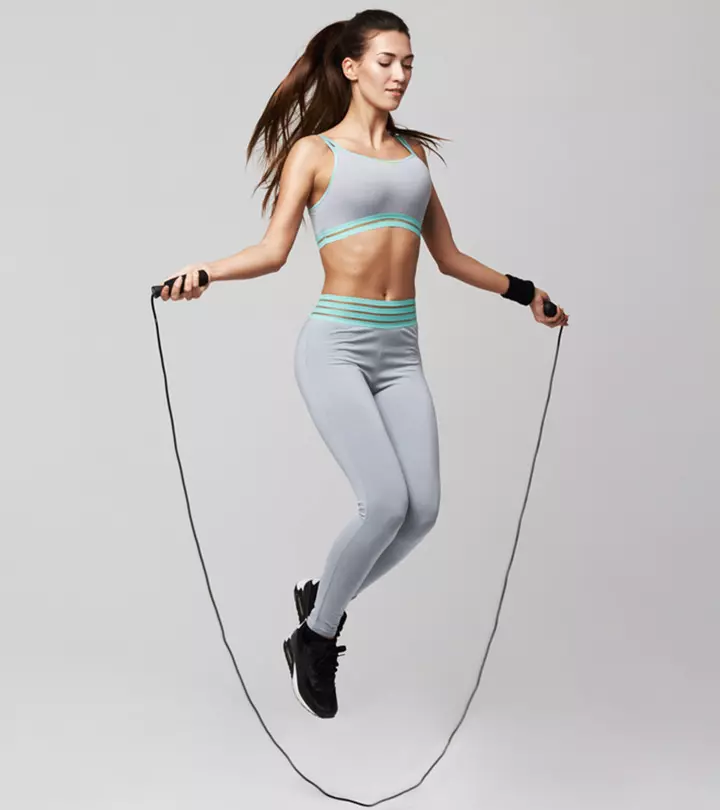


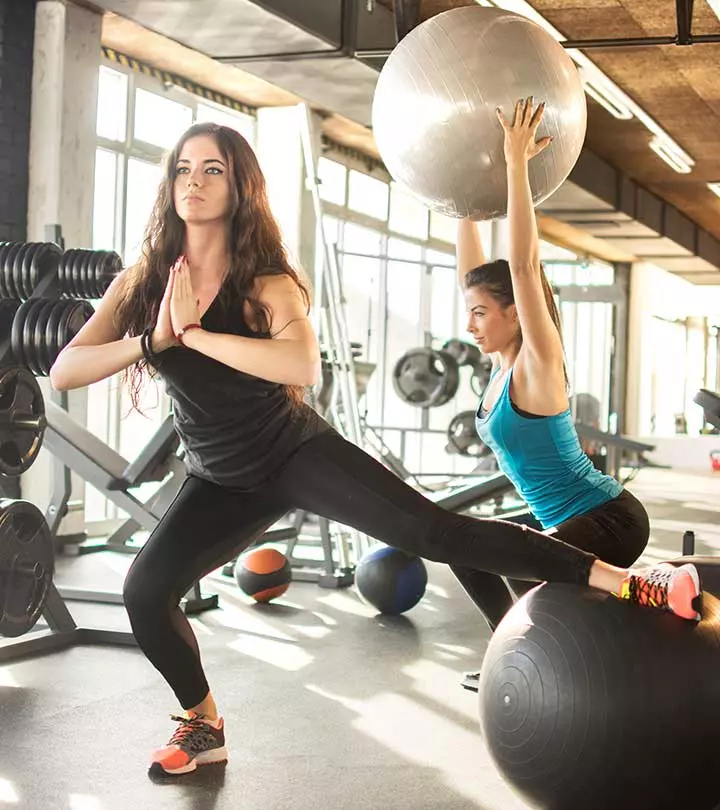
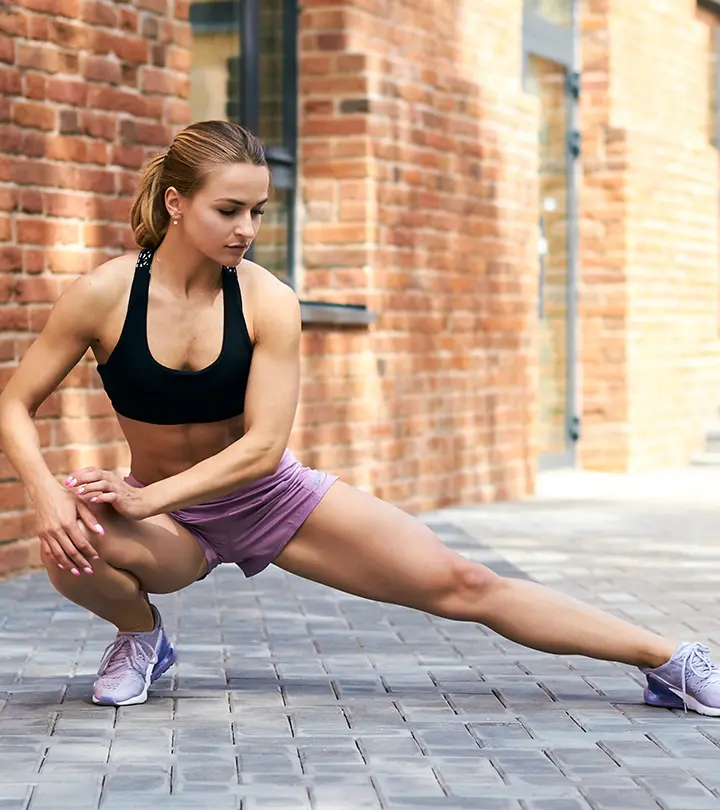





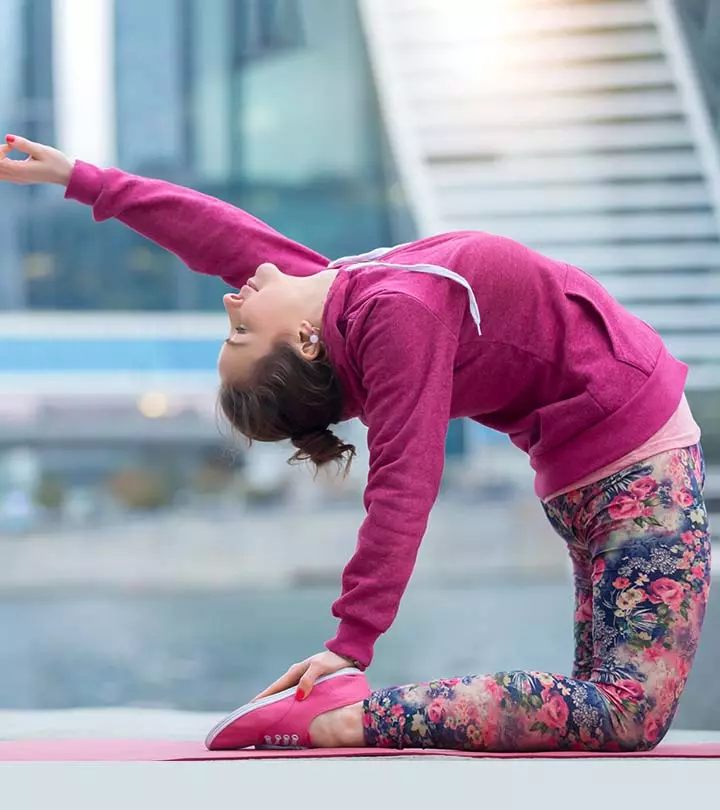





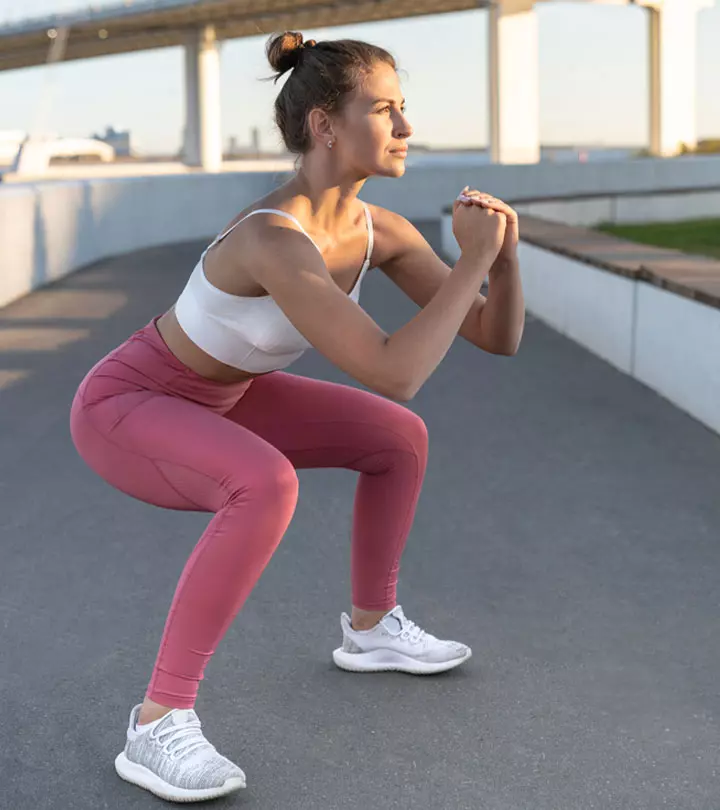
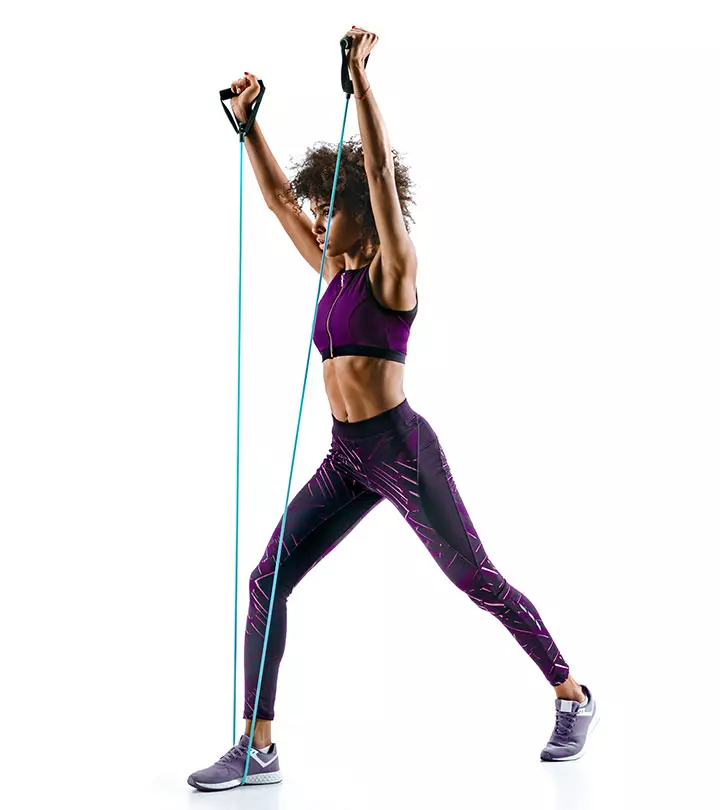
Community Experiences
Join the conversation and become a part of our empowering community! Share your stories, experiences, and insights to connect with other beauty, lifestyle, and health enthusiasts.